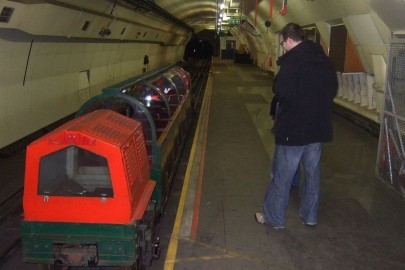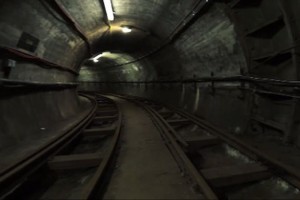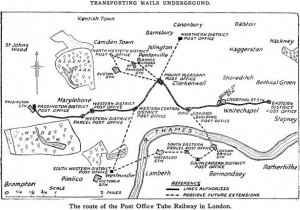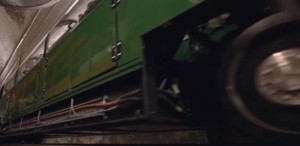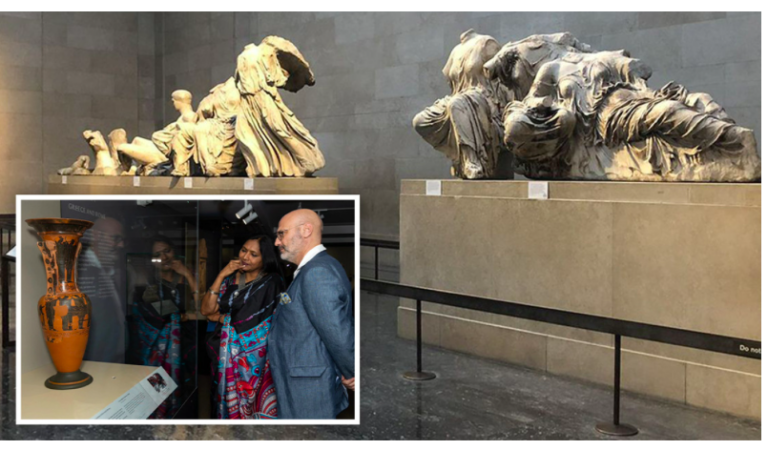Post Office tunnels buried more than six miles under Britain’s streets are set to open to the public for the first time ever.
Known as the ‘Rail Mail’, the sprawling network of underground tracks were built in 1927 and had the capacity to carry over four million letters at any given time.
Once a hub of activity, employing 220 staff and operating 22 hours a day, the Rail Mail was left abandoned in 2003 after shutting down.
Now, history fans are being given the chance to explore the Post Office’s hidden network under London’s streets – with trips beginning in September
The time has almost come to go deep under the streets of London and discover the 100-year-old secrets of the city’s abandoned Post Office railway, reports Get West London .
Director of The Postal Museum, Adrian Steel, said: “Tickets for The Postal Museum and Mail Rail going on sale marks the start of an exciting new chapter for our museum.
“The Mail Rail ride offers up a once in a lifetime chance for people to experience a slice of London’s subterranean history, while the museum’s galleries on the other side of the street offer up the chance to explore Britain’s social history; the history of the post and how it has been involved in many of the world’s major events.
“Early indications suggest the museum is going to be extremely busy, so booking in advance is recommended. We can’t wait to welcome people through our doors.”
How were the tunnels built?
The Post Office Railway was built in a combined effort by the Post Office and Underground Electric Railways Company of London.
The system was inspired by the Chicago Tunnel Company, also built to distribute mail throughout the city.
It’s origins date back to 1855, when Rowland Hill – then Secretary to the Post Office submitted a report to the Postmaster General for a system based on moving mail in underground tubes – with air pressure being used as the propelling force.
After 70 years of trials and submissions of plans to build the network, boring machines were eventually plunged below ground to hollow-out 6.5 miles of track.
The driverless trains ran in a single tunnel, 9ft in diameter. At the station approaches, the main tunnel divides into two 7ft tunnels, each with a single track.
Where did they operate?
It railway connected the West and East ends of London, with eight stations along the way.
Stops on the line included, Whitechapel, Liverpool Street, King Edwards Street, Mount Pleasant Sorting Office, New Oxford Street, Rathbone Place, Wimpole Street Delivery Office, Bird Street and finally Paddington.
Why were they built?
At the turn of the 20th century, London’s streets were becoming more congested with carts, fog and more people.
This meant Post Office carts were severely delayed in their deliveries.
A new underground system meant mail could travel underground free from traffic, congestion and delays.
How much are tickets?
For adults wishing to visit the Mail Rail and the Postal Museum, tickets will cost £16, for children tickets are £8 and for concessions tickets cost £13.
All ticket prices include a voluntary donation and are available to buy from July 13, or July 12 for subscribers, with the first rides departing on Monday, September 4.
Those wishing to just visit the newly opened Postal Museum will be able to buy tickets on the same day, but can visit from Friday, July 28.
Tickets cost £11 for adults and £9 for concessions with children aged 1 to 15 going free.
How can I get tickets?
For further information about the tickets available and to book your tickets when they become available, head to the Postal Museum website.
Ask me anything
Explore related questions
